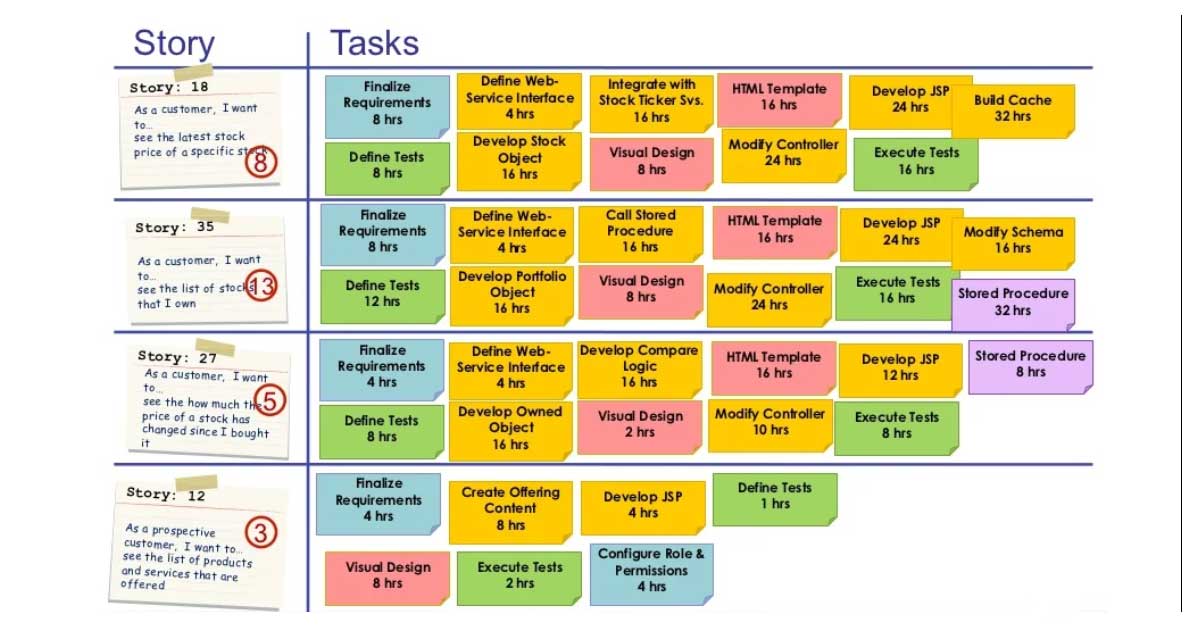
QA Is Dead – Long live the new QA – Agile Testing Presentation
A presentation By Ronen Bar-Nahor and Yuval Yeret @AgileIL12

A presentation By Ronen Bar-Nahor and Yuval Yeret @AgileIL12

Session Abstract:
Investment Technology Group (ITG) is the advanced stages of implementing an enterprise-wide Agile migration program, and wants to be able to monitor our implementation, both for the teams’ own benefit and for enterprise-wide governance of the migration.
As early as 2002, ITG has piloted the use of Agile for software projects. About two years ago, ITG decided to migrate all of its software development operation to a standard Agile process baseline, based on a mix of XP, Scrum and Lean practices. As part this migration, teams are starting to use Rally’s Agile Lifecycle Management platform. Having a critical mass of projects in Rally. We have started collecting from Rally a set of metrics which provides executives a quantitative insight into the progression of our agile implementation, and can be used by teams to continuously improve as part of their retrospection process. ITG has implemented a fairly comprehensive set of metrics, and plans to implement more based on teams input. These metrics are fairly generic in nature and can probably be useful to others as well.
Lecturer’s short Bio:
Sagi Smolarski is a Director, Software Development at Investment Technology group, leads the global initiative to implement agile and is part of the team creates ITG’s next generation enterprise infrastructure.
Sagi has been leading projects and development teams, and has previously headed the development of ITG’s flagship Execution Management system – Triton, developed by ITG’s first team to implement an Agile process (XP).
Sagi lectures at Ben Gurion University on Advanced Methods in Information Systems Engineering, a course which focuses on the Design, Architecture and Methodologies used to implement software systems, with a special emphasis on Agile methods. Sagi has been teaching Python at the High Tech academy. Sagi holds a BA in Physics from Technion IIT and a BSc in Materials Engineering from the same institution.
NOTE: Today Sagi is a Lead Coach and Partner at AgileSparks

How we do Agile without saying the word ‘Scrum’
During the last 9 months, Informatica’s B2B business unit transitioned to an agile product definition and development mode. Specifically, we selected Kanban as an agile development methodology. In this talk, I will cover our lessons from using Kanban for enterprise software product development, including:
The impact of a cross-geography organization.
Kanban board structure and changes to the board as a learning process.
The use of data that is collected from the board.
Why we decided to introduce the notion of iterations to our Kanban implementation.

One of the main challenges in implementing Agile at the enterprise level is how to create stickiness of “Agile Thinking” across the organisation and avoid going back to the “comfort zone” after you “finish” with the implementation phase. How do you ensure that the organisation internalizes the “inspect and adapt” approach and that you have moved the continuous improvement ownership to the managers and people? In this session I will outline how to implement continuous learning processes across the organisation that will enable the organisation to maximize value from Agile and more importantly to take ownership of it.

Agile Testing/QA Reading List Engineering Higher Quality Through Agile Testing Practices The Agile Coach From Quality Assurance to Quality Assistance | Inside Atlassian No QA?

Improvement Techniques (Retrospectives Etc) Live interactive audience participation | Poll Everywhere Retrium makes Agile retrospectives easy and effective! Perfection Game | Live In Greatness –

Agile Engineering Practices/Architecture Reading List The Principles of Agile Architecture « Scaled Agile Framework Agile Architecture with SAFe Does Technical Debt Cause Employee Turnover? Yagni

The dolt’s guide to self-organization by Jurgen Appelo @ AgileIL11 View Slides In agile software development “self-organization” is often referred to as a best practice.

SCRUM implementation – The good, the bad and the ugly – RSA Case Study View Slides Session Abstract: In this talk, I will focus on

The session explores reporting and diagnostics options for Agile projects. Traditional project performance reporting stress conformance to plan. Because Agile projects favor adaptability over plan conformance, the fundamental reporting objectives are inevitably different. Agile reporting stresses productivity while constantly striving to provide an honest and unobstructed view of the program and the product. Agile metrics and reports should serve as diagnostic tools – tools to support reliable decision-making. This session explores some of the different reporting and metric options on Agile projects as well as how to analyze these to better understand how a team and project are faring. This introduction to multi-level Agile metrics introduces examples of product, program, release and iteration-level metrics.
Request for additional information and prices